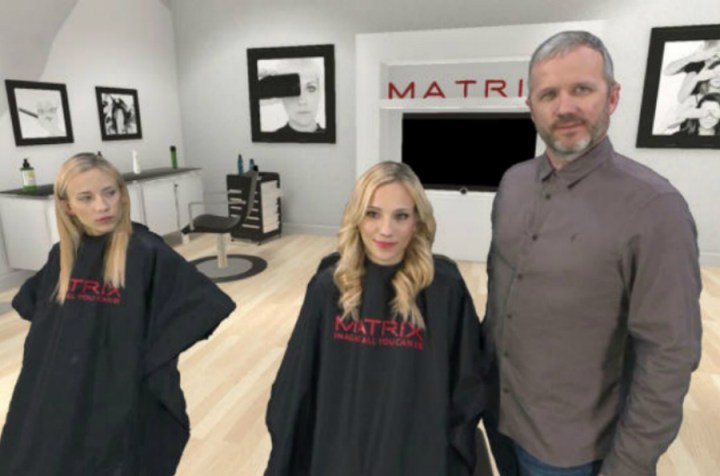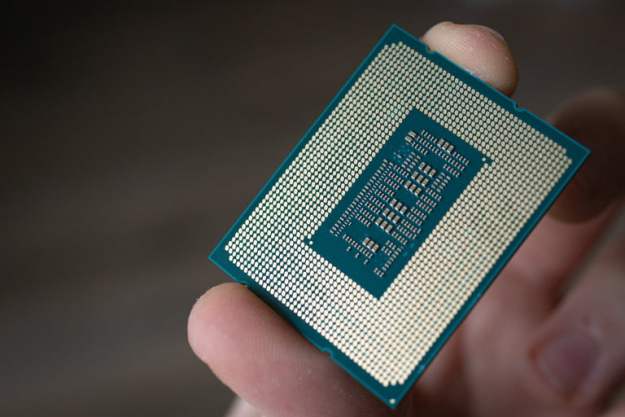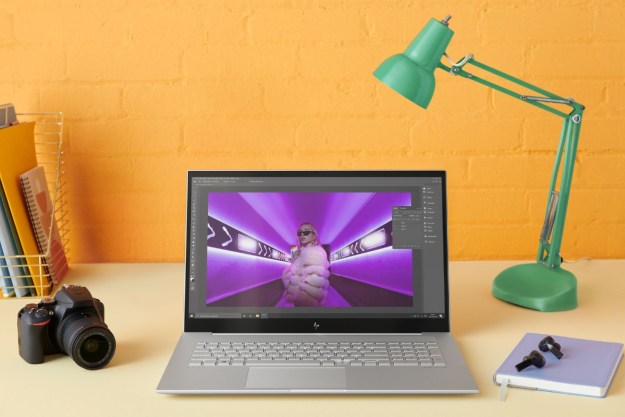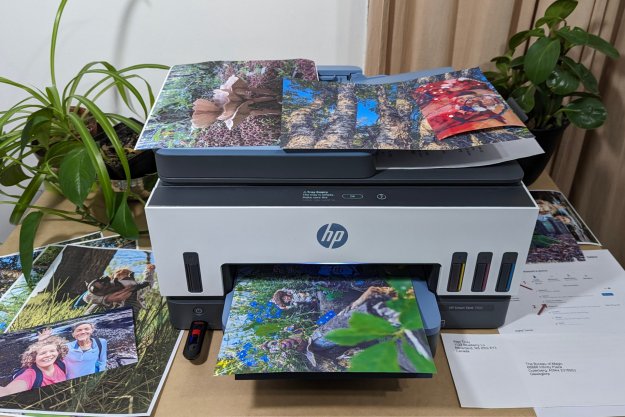
Rachel Weiss, L’Oréal’s vice president of Innovation and Entrepreneurship, told Fast Company her first experience with a VR headset was uncomfortable, she felt “sick and dizzy.” But she saw the potential and stuck with it. “We are faced with the challenge of modernizing the industry,” she said.
Creating virtual hair is a huge challenge, according to 8i‘s Linc Gasking. “From our perspective, hair is the hardest possible problem,” Gasking said. “We’re not talking about computer-generated hair. It’s photo-realistic hair that you can see from any angle.” Gasking worked with L’Oréal in a partnership that created the Matrix Academy’s training program.
The L’Oréal VR training program features a stylist and a client, two photo-realistic ‘humans’ in a 360-degree setting. Students wearing VR headsets can assume the stylist’s role and watch the process or technique being taught from any angle. “You can feel like you’re there and learn from someone right in front of you,” Weiss said. “We felt that education was the best use case for us.”
L’Oréal’s training program is free. While it will work with inexpensive rigs like Google Cardboard, it works best with VR headsets with positional tracking, according to Gasking.
Weiss said she wants to heighten awareness of new technologies including VR for applications that address women. Weiss said, “I’ve had so many people come up to me and say that VR is for porn and sports. I see it as a tool for anyone to learn from and feel an emotional connection.”



